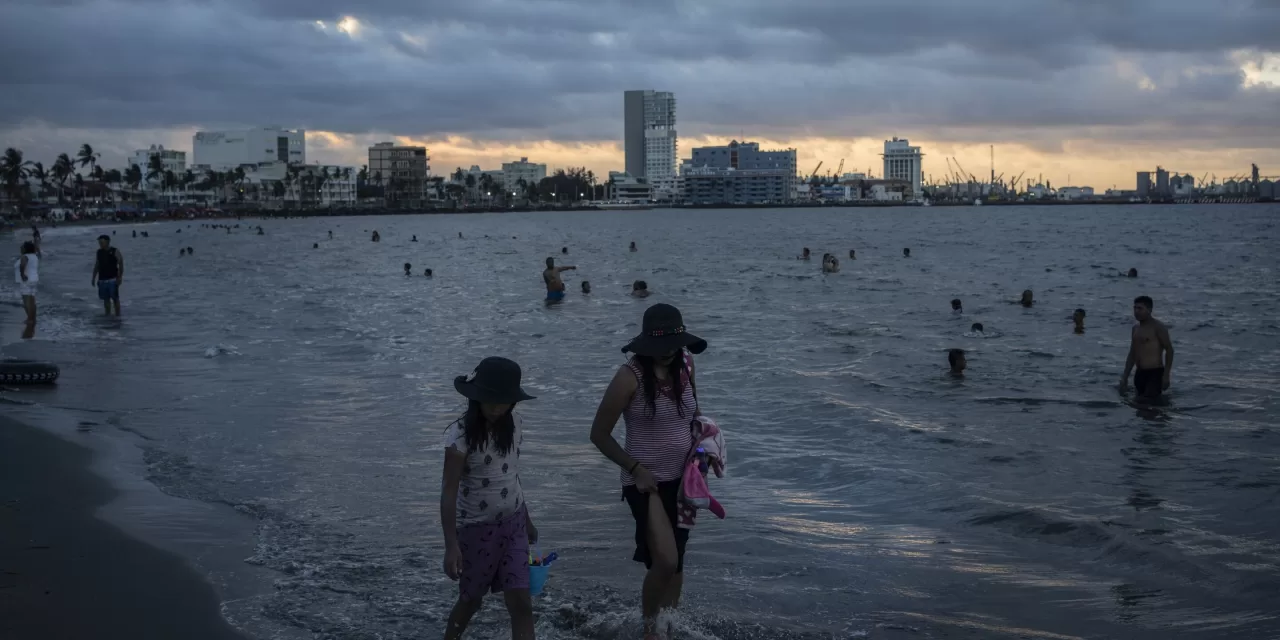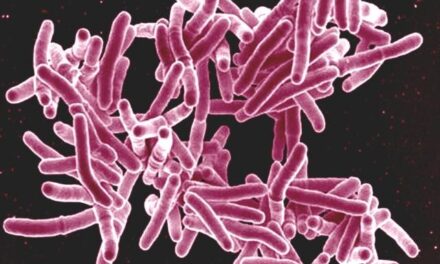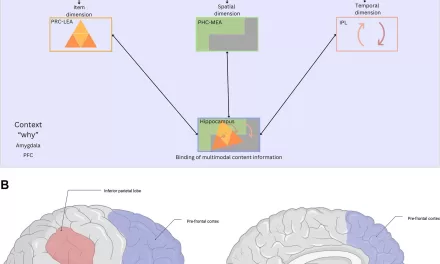A new study examining temperature-related deaths in Mexico has revealed a shocking and unexpected trend: young adults, particularly those between the ages of 18 and 35, are disproportionately dying from heat waves compared to older adults. This finding upends decades of conventional wisdom, which has long held that the elderly and young children are most vulnerable to extreme heat.
The study, published this week in Science Advances, analyzed mortality data from 1998 to 2019, focusing on deaths linked to high temperatures and humidity. Researchers found that when the combination of heat and humidity reached dangerous levels—around 30°C (mid-80s°F) with 50% relative humidity—young adults under 35 accounted for nearly 32 times more heat-related deaths than those aged 50 and older.
Surprisingly, the age group most affected by heat-related deaths was not the elderly, but young adults, with the 18–35 age group experiencing nine times as many heat-related fatalities as individuals over 50. This stark contrast is raising alarms among health and climate experts, who are scrambling to understand why this is happening.
One theory is that outdoor workers—who are predominantly young adults—are at a higher risk because they cannot easily escape the oppressive heat. “Young people may be exposed to extreme heat while working outside or engaging in activities like sports, where they may push their bodies beyond safe limits,” said Dr. Renee Salas, an emergency medicine physician and climate change expert at Massachusetts General Hospital. High humidity exacerbates the problem, making it harder for the body to cool itself through sweating, potentially leading to deadly heat strokes.
The study authors also note that many young people have a false sense of invulnerability to the dangers of extreme weather. “They may underestimate the risks and continue outdoor activities during heat waves, not recognizing the early signs of heat-related illnesses,” said study co-author Tereza Cavazos, a climate scientist at Mexico’s Ensenada Center for Scientific Research.
The results of the study suggest that the rising global temperatures due to climate change will likely make this trend even worse in the coming years, disproportionately affecting younger generations. “As the climate warms, the burden of heat-related mortality is likely to shift towards younger people,” said Jeffrey Shrader, a climate economist at Columbia University and a co-author of the study. “This highlights the urgent need to protect all age groups from the increasing risks of extreme heat.”
The findings challenge previous assumptions about heat vulnerability, traditionally focused on the elderly, and emphasize the need for climate policies that protect vulnerable populations, including young adults who may not have been seen as at risk.
Health experts stress that heat should be recognized as a “silent killer” and more public awareness is needed to address this growing issue. “Heat is more dangerous than many people realize, and it’s becoming an ever greater threat to our health,” said Marina Romanello, executive director of The Lancet Countdown, which monitors the health effects of climate change.
The study also looked at temperature-related deaths from cold weather and found that for every young person who dies from cold exposure, more than 300 people over 50 succumb to the effects of extreme cold. The stark contrast between heat and cold mortality highlights the changing nature of climate-related health risks.
As global temperatures continue to rise, Mexico’s diverse climates and detailed mortality data make it an ideal location for understanding how heat affects different age groups. Researchers are now keen to determine whether this trend is unique to Mexico or whether similar patterns are emerging in other regions with warm climates.
With heat waves growing more frequent and intense due to climate change, the study serves as a wake-up call for policymakers to reconsider how they protect vulnerable populations from heat-related risks.











